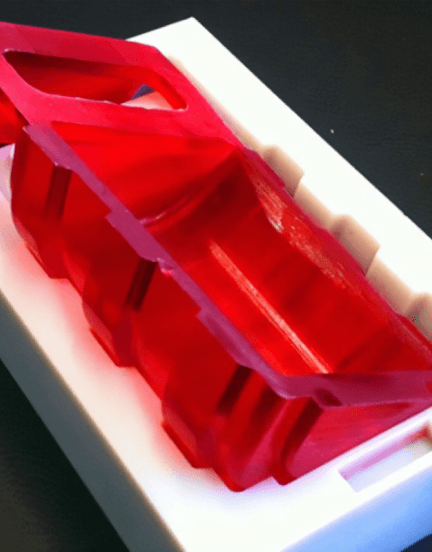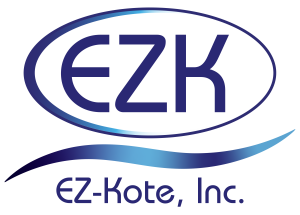
Urethane casting creates countless parts and products humans use every day. This industrial process has been around for decades, and manufacturers continue to refine how urethane casting can improve upon this tried and true process.
We’ll answer frequently asked questions about urethane casting and how we can improve your process through our water-based silazane mold releases.
Related Post: Why Concentrated Water-Based Mold Releases Save You Money
What Is the Urethane Casting Process?
Urethane casting works by injecting polyurethane and additives, such as resins, into a soft mold composed of a quasi-flexible silicone elastomer. Due to the wear of the molds, urethane casting typically works for small to medium volumes while maintaining cost efficiency.
What Products Come From Urethane Casting?
Seals, O-rings, pulleys, tubes, linings, scraper blades, pipeline seals, rollers, and concrete molds, castor wheels, among many other products, come from urethane casting processes.
This process also makes bumpers on vehicles, shock absorbers on rotating equipment, components for medical devices, shoe soles, sports equipment, and electronic casings.
How Does Urethane Casting Work?
CAD design and CNC machining create a prototype and the opposite mold used to cast the parts. A 3D printer then produces both parts. Two keys to this process are separating the mold cleanly and preventing shifting that will make a parting line on each piece.
How Do Silicone Molds Come Into Play With Urethane Casting?
Place your master pattern in a mold box. You can make molds in book, two-part, or skin types. A book mold separates into two parts, like opening a book and it’s cut in half to release the mold. A two-part mold fills up with silicone only up to the parting line. Skin molds apply the silicone until your team achieves the desired thickness.
Why Produce Polyurethane Products in Your Industrial Processes?
Polyurethane is a great substance when you want resistance against abrasion and impacts. Polyurethane also has outstanding tensile and flexural strength as well as hardness.
What Are the Benefits of Urethane Casting?
Utilizing urethane casting for your industrial process gives your company several benefits, including:
- Lower up-front investment because silicone molds are less expensive than metal molds.
- Faster time to market due to speedier cure times for urethane molds.
- Simpler equipment is required for urethane casting.
- Wide range of physical properties for the products created.
How Can Water-Based Mold Releases Help Urethane Casting?
Urethane casting molds don’t last as long and have a shorter lifespan than other processes. A mold release can help molds last longer, reduce cycle time and improve resin flow while radically decreasing the degradation of urethane molds.
Related Post: 8 Benefits Of Mold Release Sprays
Turn disadvantages into advantages.
EZ-Kote has more than 30 years of experience with water-based mold releases for urethane casting. Our engineers will help you select and test the appropriate mold release for your industrial processes.
Contact EZ-Kote or call (770) 720-1811 for more details. We’ll respond within 24 hours.
